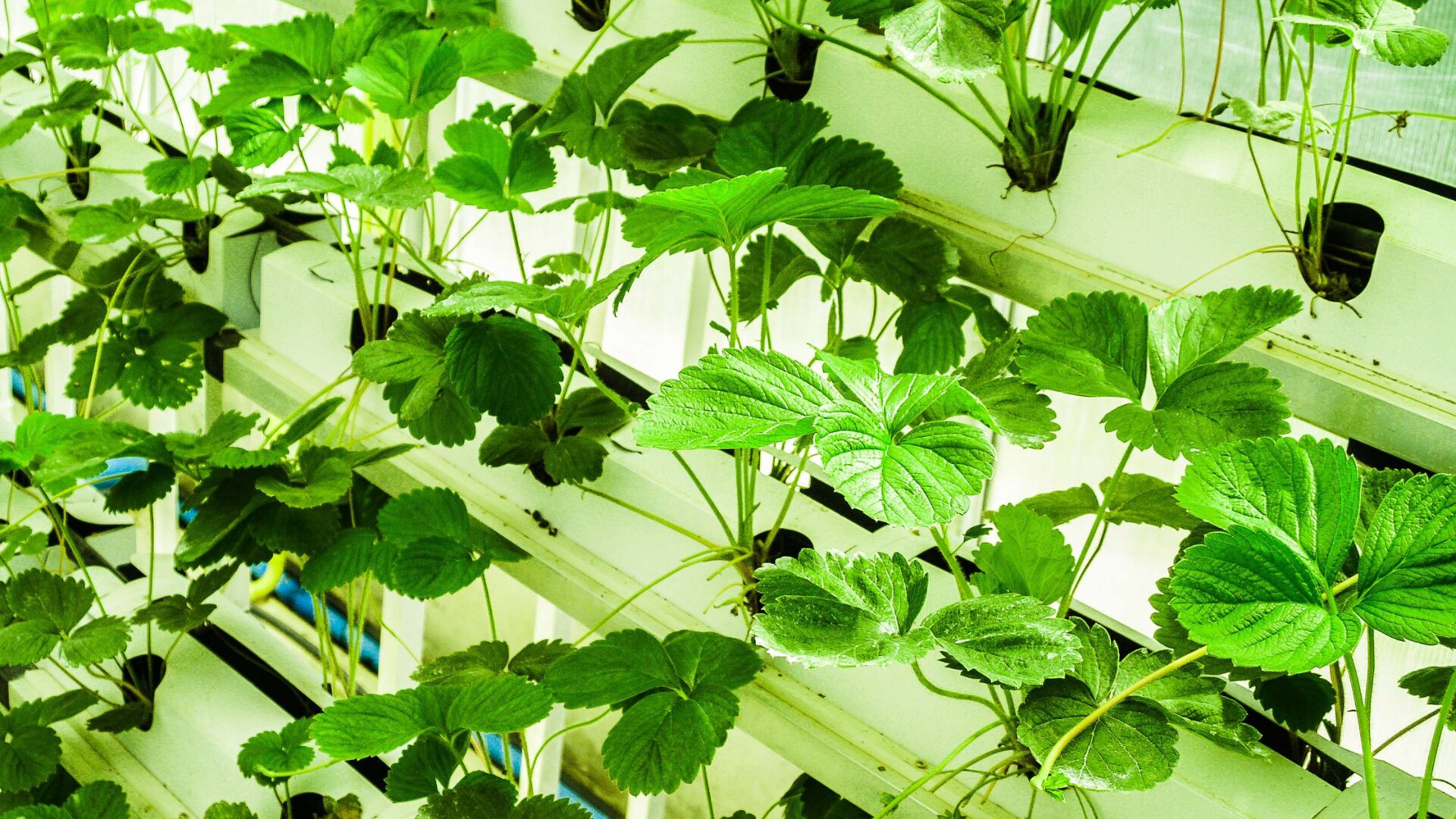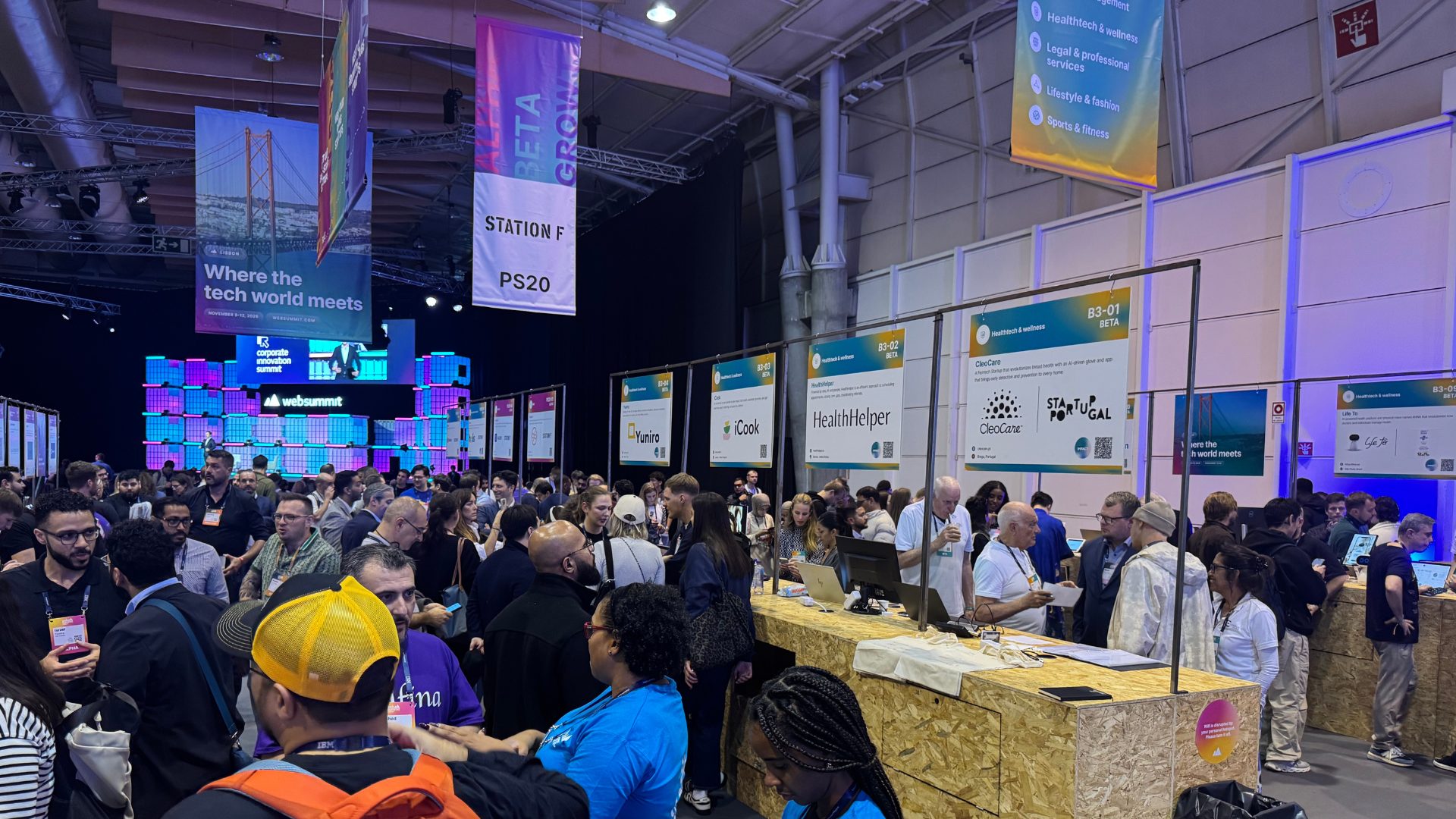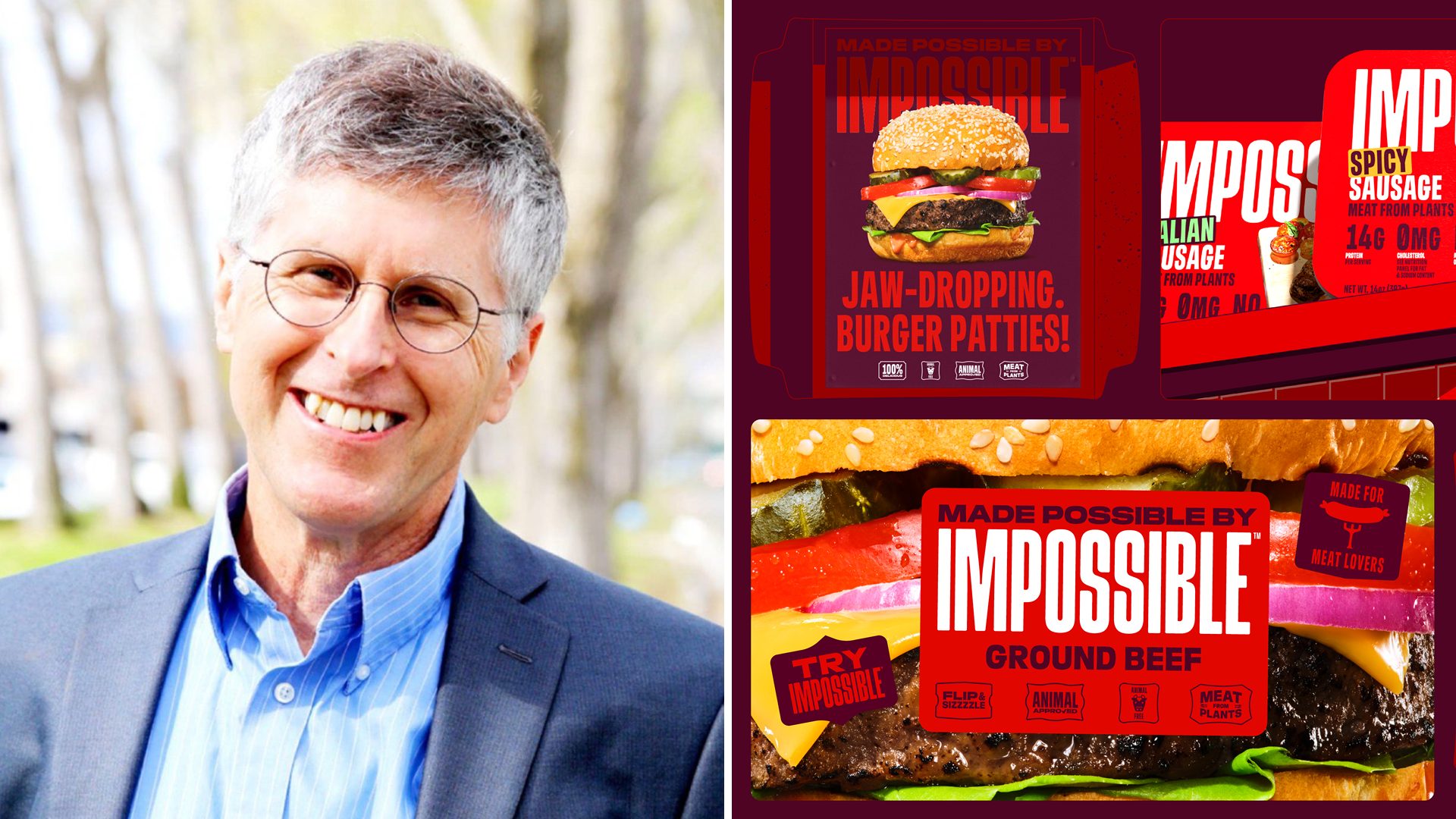I’ve been working on this piece for a while, but I kept getting delayed by client work in Saudi Arabia, the U.S., and Europe, and by hosting GreenTech. Those experiences – especially the conversations I had at the GreenTech conference and expo – have helped clarify what’s really worth saying about vertical farming right now.
After writing about this space for over 13 years and advising on more than 300 controlled environment agriculture (CEA) projects globally, I can confidently say this: vertical farming is not going away, but it is evolving much slower and taking shape very differently than most of its early supporters and investors expected.
We’ve reached a moment of reckoning. And if you’re a serious investor, corporate leader, or policymaker looking at CEA, you need more than optimism – you need strategy.
Here’s what we’ve learned.
The Myth of Scale – Delayed, Not Dead
The narrative of vertically farmed produce scaling like software – disrupting traditional agriculture through mega-facilities in every metro – was always seductive. But what we’ve observed through our work with clients on five continents is a different reality: the unit economics of vertical farms are fragile at scale, and unforgiving without precision execution.
In North America and Europe, the majority of large-scale VF projects launched since 2018 have either failed, stalled, or been forced to pivot. These failures weren’t always due to technology – they were often the result of flawed market assumptions and inadequate go-to-market strategies and/or operational chaos.
Still, scale will come – just not yet. Over the longer horizon, drivers like climate instability, growing urban populations, supply chain nationalism, and renewable energy breakthroughs will gradually tilt the equation. But the question isn’t if vertical farming will scale. The question is who will survive long enough to be part of that future – and where is it worth investing in VF and CEA now?
Market Obsession Over Tech Fetishism
I loved GreenTech. The energy, the scale, the global dialogue – it was a valuable moment for our industry. But there was one thing missing: a deep, honest focus on the market.
Too many startups and tech vendors are still trying to “out-innovate” their competitors with sensors, AI, and proprietary systems – while sidestepping the core issue: who is buying the product, at what price, and through what channel?
There is still a major imbalance in VF and novel CEA (eg. greenhouses with new business models or in emerging markets). The focus on the industry is on tech, tech, tech when it should focus more investment on the consumers, retailers, and operational excellence.
Investors should take note: the most successful VF projects we’ve seen were not the most technologically advanced. They were the ones built on strong unit economics, regional market fit, and a realistic understanding of distribution.
At Agritecture, this is the foundation of our work. Technology is just the enabler. Value is created when you align the growing system with unmet demand and sustainable margins.
Stop Believing the Headlines
Let’s talk numbers. The global VF market is frequently cited as growing at 20–25% CAGR, with market sizes projected into the tens of billions by the end of the decade. These numbers look great in pitch decks – but they’re largely fiction.
Over and over again my team and I have had to show private equity investors, VCs, and multinational companies more honest estimates to guide them and manage risk appropriately.
Most market reports are based on top-down assumptions, and they rarely track closures, only openings. My company uses a bottom-up, facility-level tracking system that factors in both. Our conservative estimate for the current global VF market is ~$9.5 billion, with modest growth distributed across the world.
Yes, VF is growing. But it’s growing slower than expected and from a much smaller base. For example:
- In the U.S., fewer than 15 companies operate vertical farms larger than 50,000 square feet.
- In Canada, VF growth is concentrated in government-backed initiatives and premium product segments – particularly strawberries and microgreens – where cold climates and import reliance create strategic openings for year-round local supply.
- In Europe, energy prices and regulatory hurdles are thinning the field. VF startups are retreating to smaller formats or not growing at all.
The industry isn’t collapsing. It’s still pruning with a paradoxical cycle of farms opening and closing.
Asia: Real Momentum, Real Risks
Asia is currently the most dynamic vertical farming market globally – but it’s not because the model has cracked the code. It’s because the region’s demographic and dietary trends are creating unique pressure points.
Rising urban middle classes, strong cultural preferences for fresh vegetables, and growing concerns about food safety and supply chain resilience are converging in cities like Tokyo, Shanghai, and Singapore. These factors, combined with government incentives and innovation grants, have created fertile ground for VF experimentation.
But there are risks. Many Asian VF ventures remain heavily dependent on public funding and lack robust go-to-market strategies. Retail partnerships are often underdeveloped, and the transition from pilot to profitability remains elusive. Several projects prioritize tech showcases over supply chain integration – making them fragile in the face of market shocks or policy shifts.
The lesson for global investors? Asia is a signal of demand-side potential – but not a roadmap for export. Copying without context is a fast way to lose capital.
What Serious Players Should Be Doing Now
For those still bullish on CEA – particularly vertical farming – there is a smart way forward. But it requires a strategic shift:
- Focus on high-margin, short-shelf-life crops like strawberries, herbs, and microgreens – especially in markets with high willingness to pay.
- Explore VF-pharma and nutraceutical applications, where environmental control translates into IP and regulatory advantage.
- Blend greenhouse and VF tech in modular, hybrid systems designed for climate and cost variability.
- Avoid going too big, too fast. Many of the most high-profile failures in VF stemmed from scaling before achieving unit profitability. Start with lean, modular operations that validate assumptions before committing to capital-intensive expansions.
- Invest in market intelligence, not just equipment. Success will come to those who deeply understand crop margins, regional demand, and distribution complexity.
At Agritecture, we support clients in these verticals through due diligence services for investors, market research for corporations, and tailored feasibility assessments that combine real-world data with strategic modeling. We’ve advised on over $1 billion in CEA investments globally, and our work spans from major retailers and sovereign wealth funds to energy companies and real estate developers.
Our clients aren’t just looking to grow food – they’re looking to grow strategic advantage. Whether it’s cost leadership, market differentiation, or supply chain resilience, we design (or conduct due diligence for) farms that deliver business outcomes, not just premium leafy greens.
Final Thoughts
The vertical farming sector isn’t dying. It’s maturing – painfully, awkwardly, and with fewer survivors than expected.
But for the serious players – those thinking in 10- to 20-year cycles, not 2-year returns –this is the moment to engage. The wheat is being separated from the chaff. The hype is fading. What remains is a significant, complex opportunity to reinvent a segment of the global food system.
We don’t need more headlines. We need smart capital, clear strategy, and better alignment between technology and market need.
If you’re in this for the long game, let’s talk about it.
Editor’s note: Henry Gordon-Smith is the founder and CEO of Agritecture, an advisory services and technology firm focused on urban and controlled environment agriculture.
The Food Institute Podcast
Several economic headwinds indicate the consumer is being financially stretched, but we all need to eat – so what are consumers actually buying at the grocery store? Nik Modi of RBC returns to The Food Institute Podcast to discuss channel differentiation, consumer product selection, and other macro trends.












